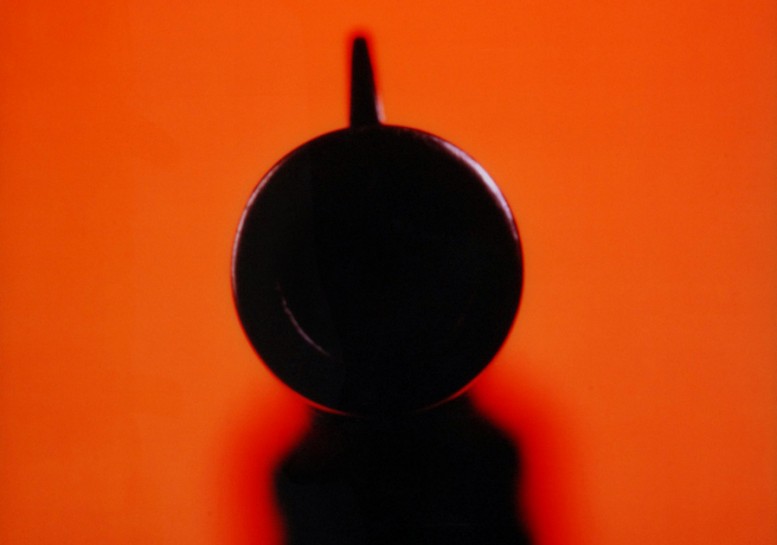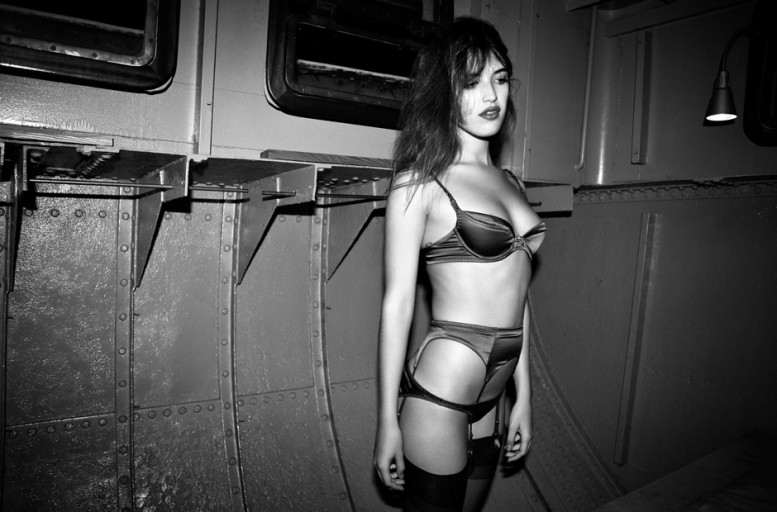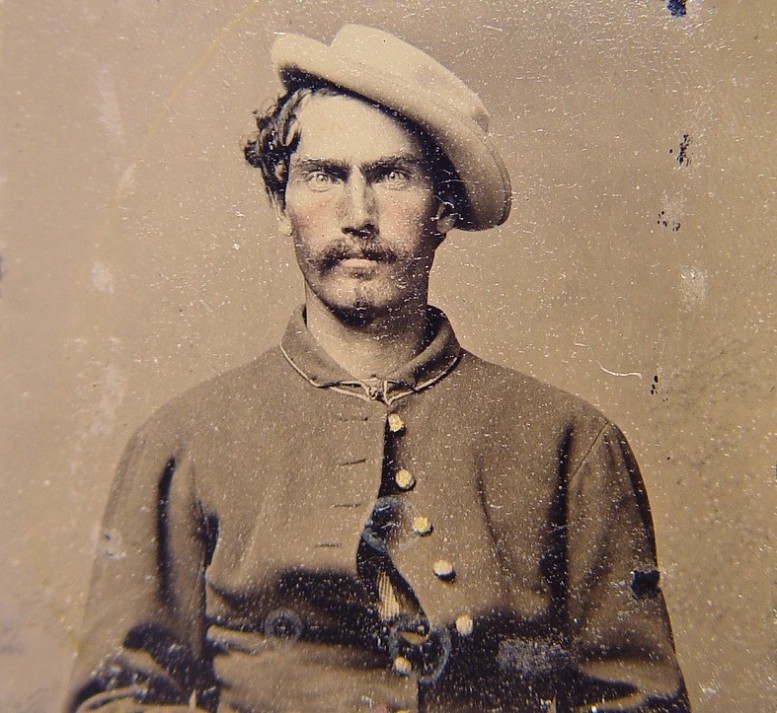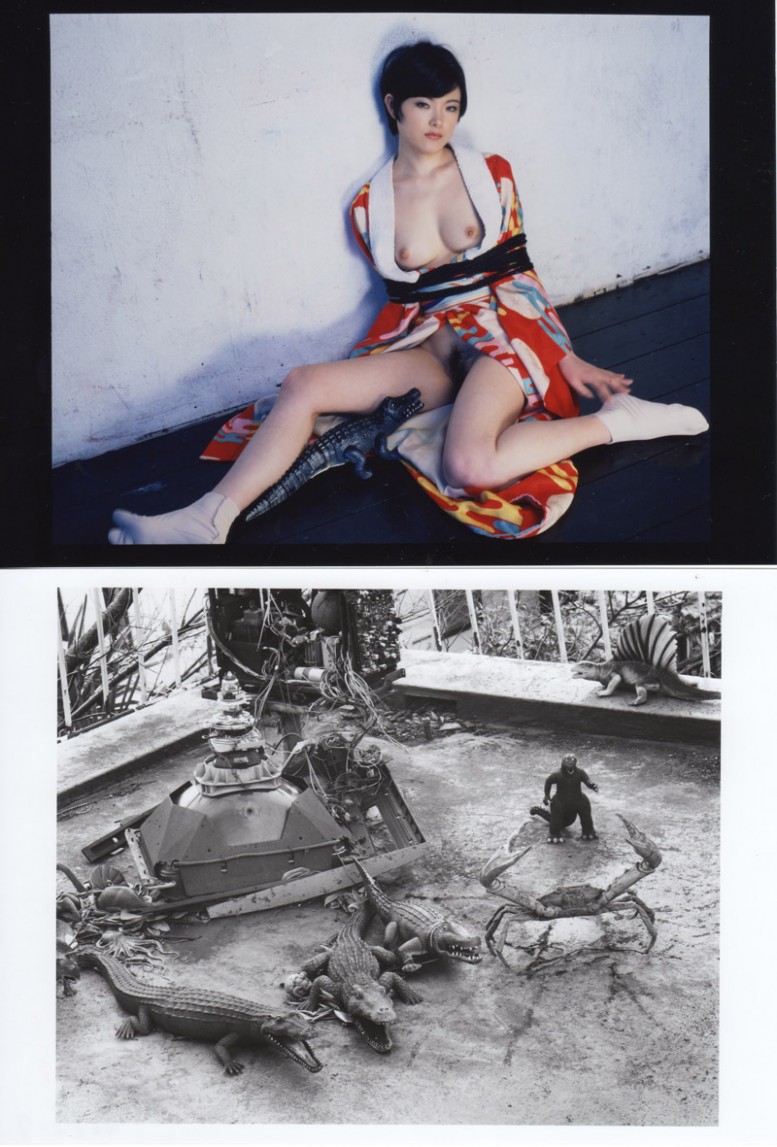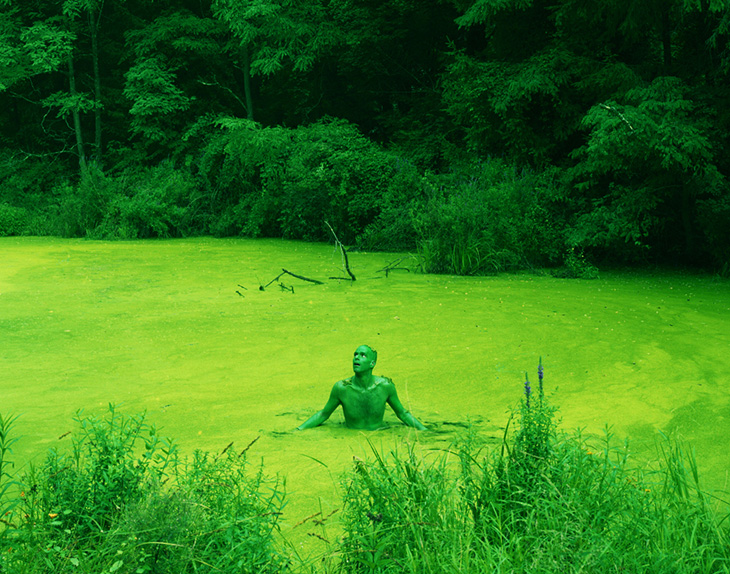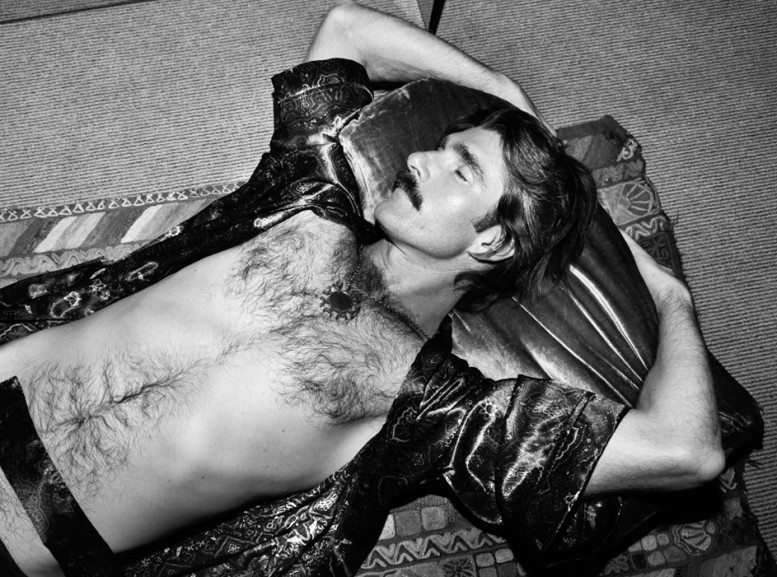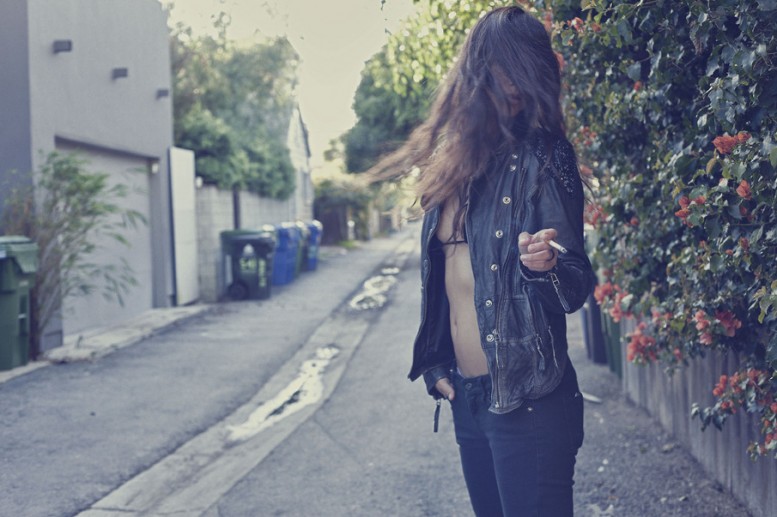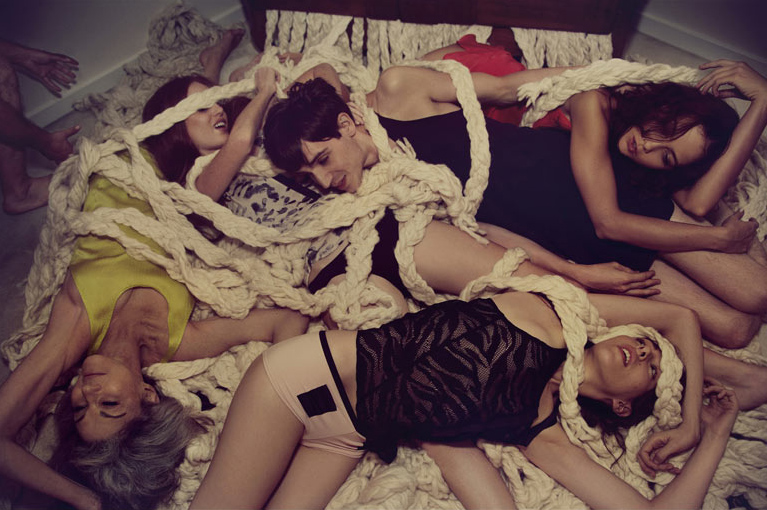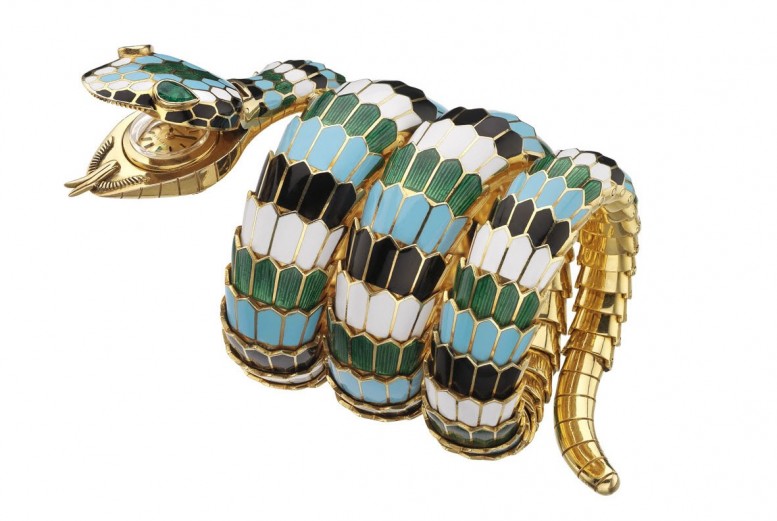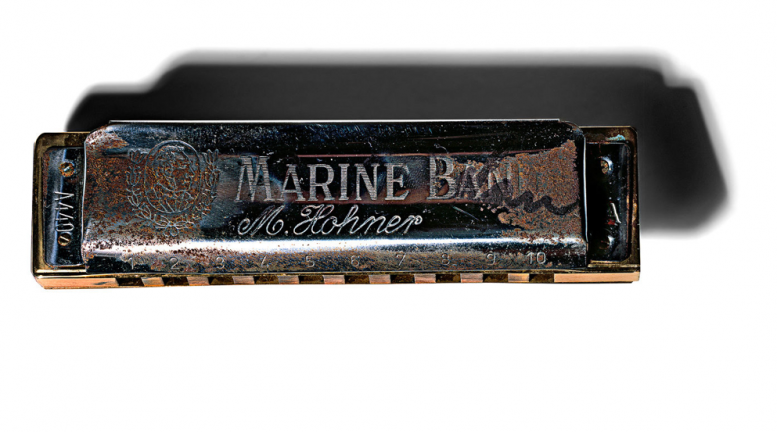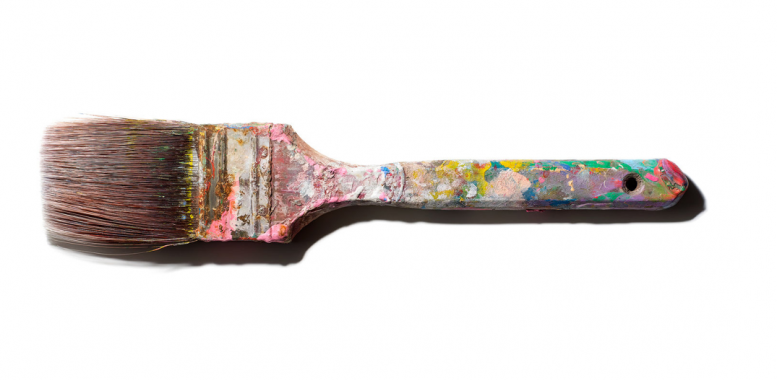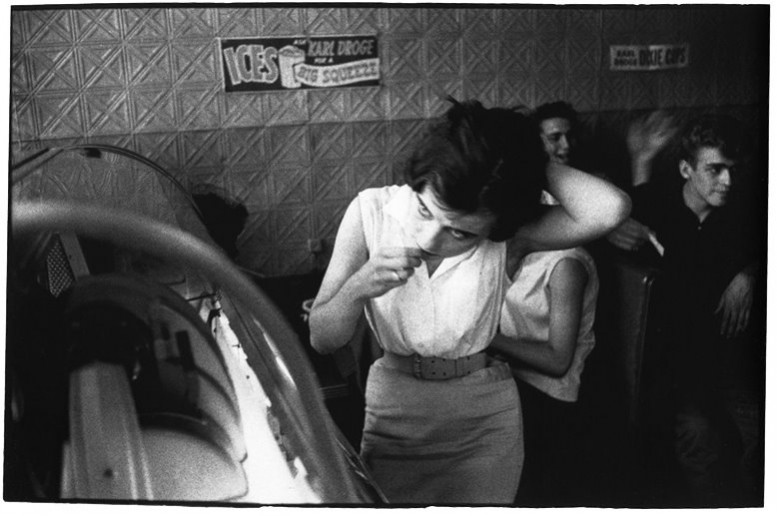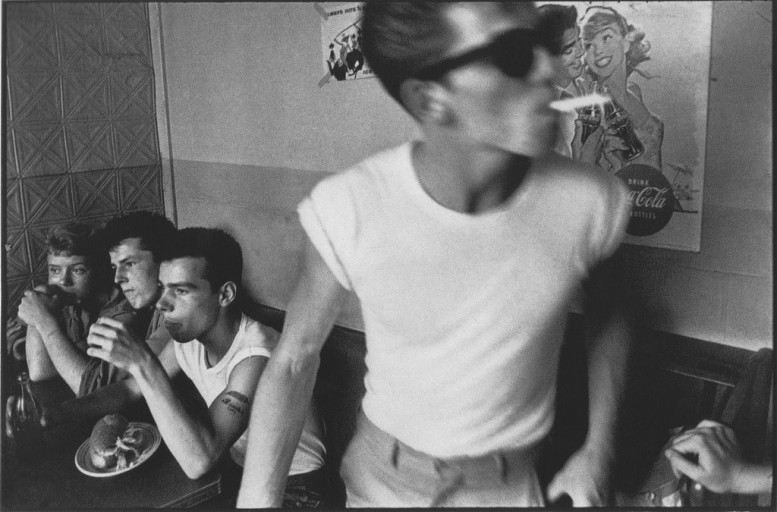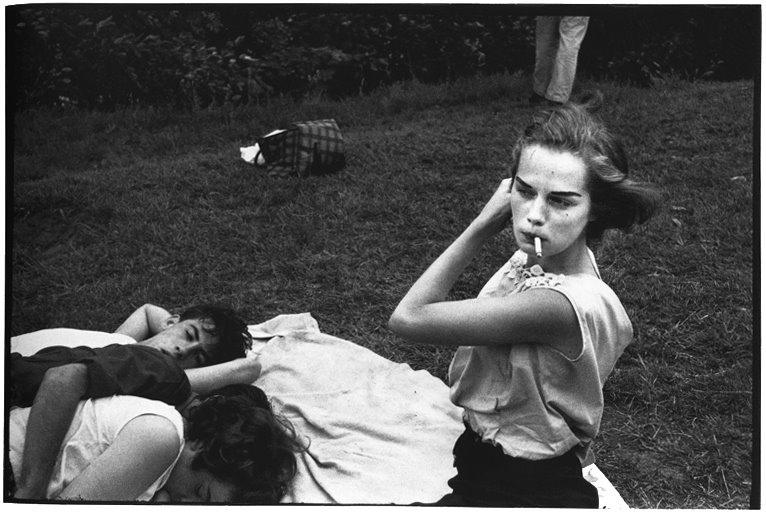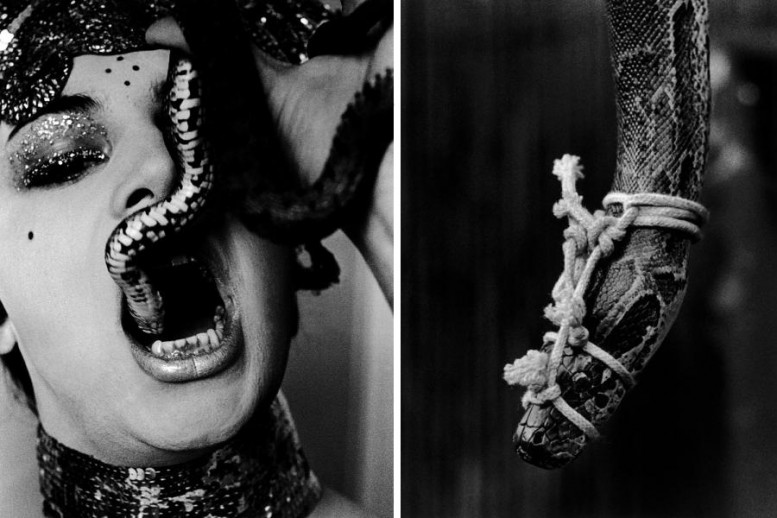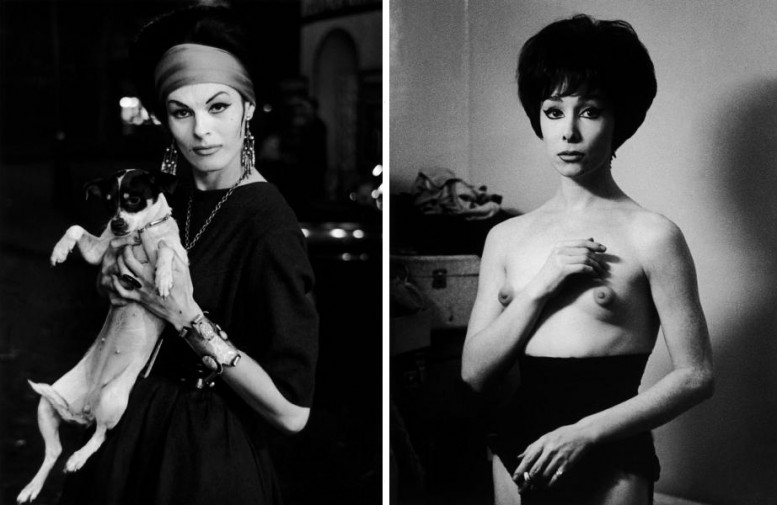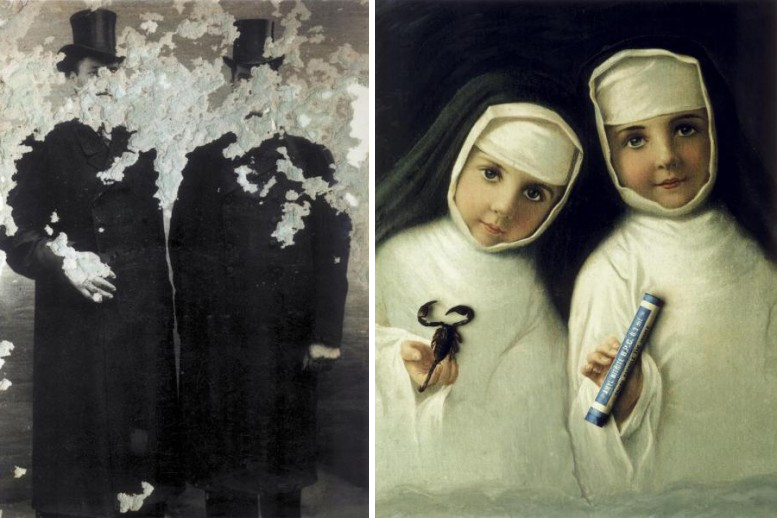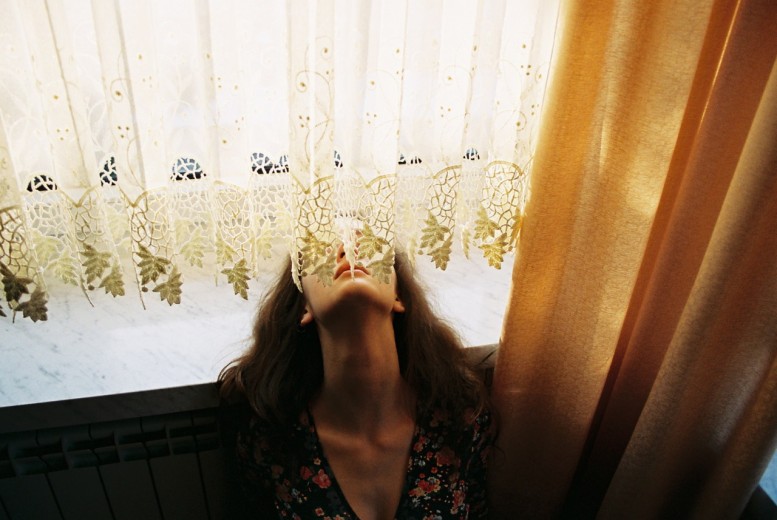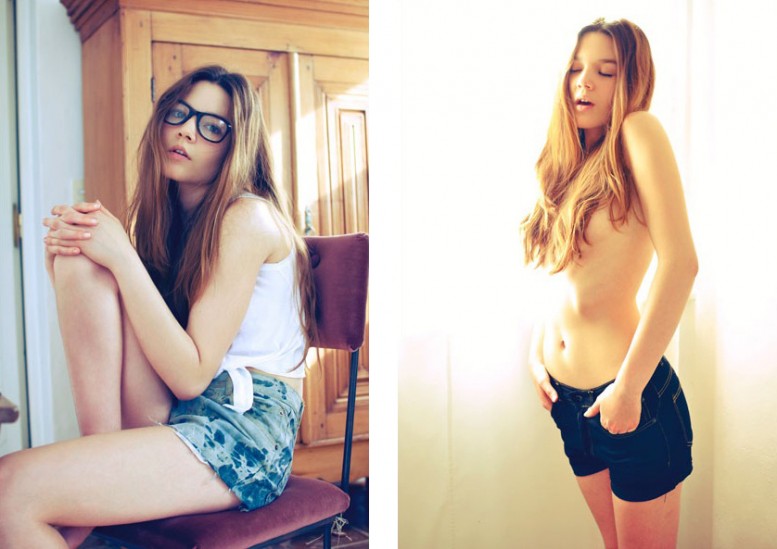Last Sunday French Christian fundamentalist vandals went on an all out attack on a photograph by artist Andres Serranoat the Je Crois Aux Miracles (I Believe in Miracles) exhibition at the Collection Lambert, a contemporary art museum in Avignon, France. The photograph, Piss Christ, an image of Jesus Christ on the cross submerged in the artist's own urine, was damaged "beyond repair." Other photographs were damaged and museum guard's lives were threatened. If this was the middle ages Andre Serrano would undoubtably be burned alive at the stake, or...crucified. Religion and culture has always been an oxymoronic, delicate, and oft times violent affair, but spite begets spite and the holy war against sacrilege in art will always wage, and with no real front lines, as well as mass confusion as to who is the real enemy is, will never be won nor lost.
Andres Serrano is undoubtably a "shock artist" and his images are bound to illicit a response; whether good or bad depends on the viewer. Serrano's photograph Blood and Semen III - the title speaks for itself - was used by Metallica for their 1996 album Load. Is it disgusting, beautiful or both? Serrano, who was born in 1950 in New York City, is half Honduran, half Afro-Cuban, and interestingly was raised a strict Roman Catholic. Serrano did not start making art seriously until he was 28 years old and has since exhibited globally with multiple career retrospectives. Serrano's art has had many close calls, but never as violent as last Sunday's attack.
If tens of thousands of years of human civilization haven't proved that we are a depraved species fighting back desperately our primordial urges, we have a long way to go. In the 1990s Andres Serrano was a pivotal figure in the culture wars that waged between conservative America and the National Endowment of Arts as to whether tax payer money should be allocated to support artists like Serrano. But it begs the question: who are the real radicals and when does this brand of blatant censorship infringe on freedom of expression?
In Andres Serrano's case he can rest assure that as long as he keeps dipping figures of Jesus Christ in jars of his own urine the mob will always be at his door with pitchforks. But, in the case of those that can appreciate the aesthetic and visceral significance of Serrano's art, amen to you. After three days of forced closure, despite repeated death threats, Piss Christ is miraculously on view again, albeit severely damaged.
Je Crois Aux Miracles exhibition is on view at the Collection Lambert in Avignon, until May 8th - ww.collectionlambert.com
Text by Oliver Maxwell Kupper for Pas Un Autre


